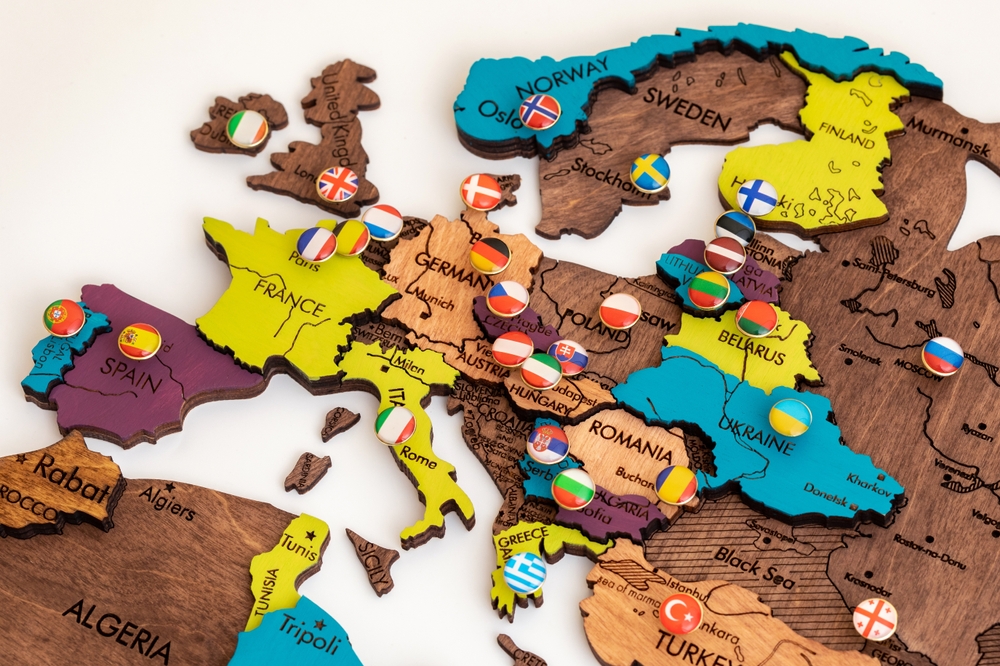Peru’s president, Pedro Pablo Kuczynski (PPK), has proposed a new alternative development plan for the country’s main coca-growing region in the hope of reducing cultivation of the illicit crop. Is success possible in this historically impoverished area?
Just four years ago, Peru had the ignominy of being the world’s largest cultivator of coca, the raw ingredient used in the production of cocaine. However, cultivation levels have dropped sharply from a recent peak of 62,500 hectares in 2011 to 40,300 hectares in 2015, the lowest in 15 years, according to the United Nations Office on Drugs and Crime.
The Apurimac, Ene and Mantaro River Valleys (VRAEM) region – one of Peru’s most isolated and impoverished – has consistently been the highest coca-producing region since 2011 and is the only area where the Shining Path guerrilla group remain active. The region currently accounts for about 45 per cent of all coca cultivated in Peru.
While pursuing aggressive eradication policies elsewhere in the country, the previous administration cut back on targets in the VRAEM in 2014 due to fears that forcibly removing farmers’ livelihoods could drive them into the hands of the Shining Path.
In light of past failures, PPK, who took office in July, is aiming to tackle coca cultivation in a different way – through development programs under his proposed Economic Corporation of the VRAEM initiative. The plan would involve financing infrastructure, education and agriculture projects in the VRAEM, with the aim of offering viable and sustainable alternative livelihoods for coca farmers.
Integral to these plans, which he put forward on the campaign trail, is the proposal to give credit and technical assistance to farmers in order to facilitate a switch to a different crop. PPK hopes to replicate the success in other parts of the country where coca farmers have been helped to form successful coffee cooperatives.
PPK claims that coca is no longer good business, and that now is therefore the time to institute such reforms and attract farmers to other crops – according to the president, the price of coca has dropped 60 per cent in the past three years.
However, while well-intentioned, alternative development programs that aim to shift farmers to licit crops are not without their pitfalls.
As Professor Julia Buxton notes, among the problems witnessed in alternative development initiatives elsewhere around the world, primary was the fact that many fail to both reach the most marginalised groups and to understand their economic motivations for engaging in the illicit trade. For example, many people may do so because coca provides better prices than licit crops in the long run and the likelihood of a sustained market i.e. people who use cocaine.
Indeed, the importance placed by PPK on the drop in coca price in recent years perhaps underscores his lack of understanding of the bigger picture. The reality is that if demand remains globally, then supply will always restore itself so long as there are places to go and people willing to grow the crop – the so-called balloon effect, when clamping down on cultivation in one area simply pushes it elsewhere. For instance, whilst cultivation levels in Peru fell by 17,500 hectares between 2012 and 2014, they simultaneously rose in Colombia by 21,000 hectares.
Coca is particularly attractive for impoverished farmers because it can be grown in poor soil, at high altitudes and without the need for sophisticated infrastructure. In addition, a coca crop can be harvested four-to-six times over a year, compared to the three years normally required for a coffee bean harvest, for example. When you add to this the fact that demand is near enough assured then it is easy to see why coca will always be an attractive choice, if not the only choice, for impoverished Andean communities fighting for survival.
Simply put, alternative development will succeed only when another livelihood is adopted despite the existence of coca.
Alternative development is an extremely complex beast and to a certain extent PPK’s hands are tied. Yet, his own commitment to meaningful development can itself be questioned. As Ricardo Soberón, the progressive former head of Peru’s antinarcotics agency Devida, said when addressing the presidential candidates earlier this year: “Don’t talk about how you are going to tackle the drugs trade when you didn’t do anything when you were in power previously”.


